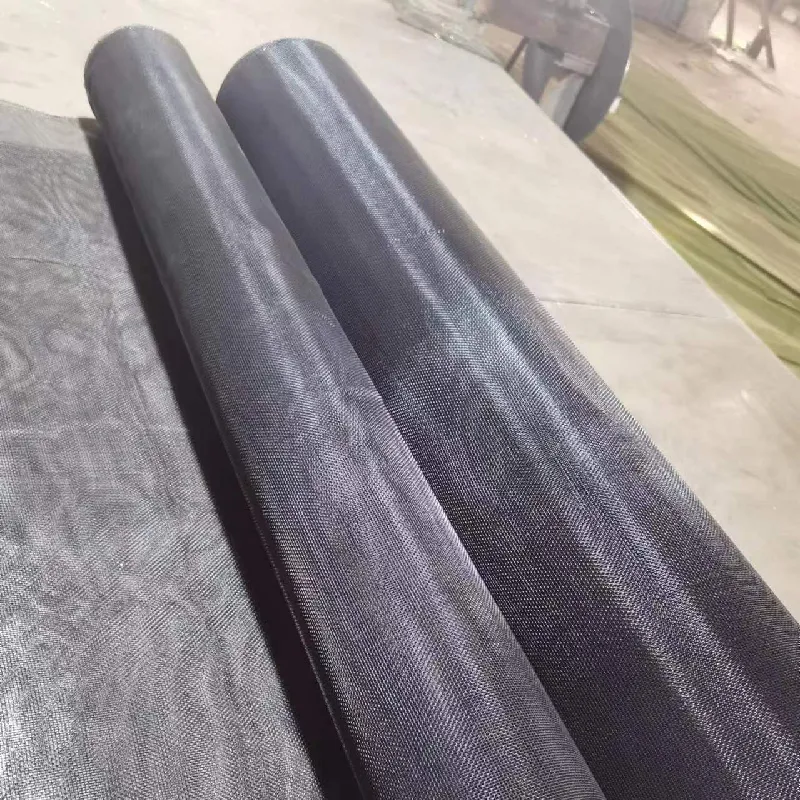-
 Afrikaans
Afrikaans -
 Albanian
Albanian -
 Amharic
Amharic -
 Arabic
Arabic -
 Armenian
Armenian -
 Azerbaijani
Azerbaijani -
 Basque
Basque -
 Belarusian
Belarusian -
 Bengali
Bengali -
 Bosnian
Bosnian -
 Bulgarian
Bulgarian -
 Catalan
Catalan -
 Cebuano
Cebuano -
 China
China -
 Corsican
Corsican -
 Croatian
Croatian -
 Czech
Czech -
 Danish
Danish -
 Dutch
Dutch -
 English
English -
 Esperanto
Esperanto -
 Estonian
Estonian -
 Finnish
Finnish -
 French
French -
 Frisian
Frisian -
 Galician
Galician -
 Georgian
Georgian -
 German
German -
 Greek
Greek -
 Gujarati
Gujarati -
 Haitian Creole
Haitian Creole -
 hausa
hausa -
 hawaiian
hawaiian -
 Hebrew
Hebrew -
 Hindi
Hindi -
 Miao
Miao -
 Hungarian
Hungarian -
 Icelandic
Icelandic -
 igbo
igbo -
 Indonesian
Indonesian -
 irish
irish -
 Italian
Italian -
 Japanese
Japanese -
 Javanese
Javanese -
 Kannada
Kannada -
 kazakh
kazakh -
 Khmer
Khmer -
 Rwandese
Rwandese -
 Korean
Korean -
 Kurdish
Kurdish -
 Kyrgyz
Kyrgyz -
 Lao
Lao -
 Latin
Latin -
 Latvian
Latvian -
 Lithuanian
Lithuanian -
 Luxembourgish
Luxembourgish -
 Macedonian
Macedonian -
 Malgashi
Malgashi -
 Malay
Malay -
 Malayalam
Malayalam -
 Maltese
Maltese -
 Maori
Maori -
 Marathi
Marathi -
 Mongolian
Mongolian -
 Myanmar
Myanmar -
 Nepali
Nepali -
 Norwegian
Norwegian -
 Norwegian
Norwegian -
 Occitan
Occitan -
 Pashto
Pashto -
 Persian
Persian -
 Polish
Polish -
 Portuguese
Portuguese -
 Punjabi
Punjabi -
 Romanian
Romanian -
 Russian
Russian -
 Samoan
Samoan -
 Scottish Gaelic
Scottish Gaelic -
 Serbian
Serbian -
 Sesotho
Sesotho -
 Shona
Shona -
 Sindhi
Sindhi -
 Sinhala
Sinhala -
 Slovak
Slovak -
 Slovenian
Slovenian -
 Somali
Somali -
 Spanish
Spanish -
 Sundanese
Sundanese -
 Swahili
Swahili -
 Swedish
Swedish -
 Tagalog
Tagalog -
 Tajik
Tajik -
 Tamil
Tamil -
 Tatar
Tatar -
 Telugu
Telugu -
 Thai
Thai -
 Turkish
Turkish -
 Turkmen
Turkmen -
 Ukrainian
Ukrainian -
 Urdu
Urdu -
 Uighur
Uighur -
 Uzbek
Uzbek -
 Vietnamese
Vietnamese -
 Welsh
Welsh -
 Bantu
Bantu -
 Yiddish
Yiddish -
 Yoruba
Yoruba -
 Zulu
Zulu
Jan . 24, 2025 02:08
Back to list
decorative stainless steel mesh
Decorative stainless steel mesh transforms ordinary spaces with its unique combination of aesthetics and functionality. As a renowned material in both residential and commercial design, it offers unmatched versatility and durability. It has become a preferred choice for architects and interior designers looking to introduce both structural integrity and visual intrigue into their projects.
Trustworthiness, on the other hand, is built by choosing mesh from reputable manufacturers and ensuring proper installation by certified professionals. The industry is rife with imitations; thus, verifying the source of the stainless steel is crucial. Sourcing from established firms not only guarantees quality but also ensures that compliance with safety standards and environmental regulations is met. Furthermore, expert installation is necessary to maintain the structure's integrity and longevity. A poorly installed mesh can lead to premature wear and compromise both safety and aesthetics. Taking into account user experience, the tactile nature of stainless steel mesh adds another layer to its appeal. The touch experience—cool, smooth, and durable—appeals to users in both functional roles such as railing inserts or more decorative applications like partition walls in luxury hotels. Its potential for customization allows for creativity in design, providing endless possibilities in pattern and weave, each capable of creating distinct light effects and privacy levels. This adaptability speaks to the material's ability to blend seamlessly with diverse architectural styles, from historic restorations to ultramodern spaces. In conclusion, decorative stainless steel mesh stands out not just for its visual appeal but for its practicality and reliability. Understanding its properties and applications enhances any project, ensuring both beauty and performance. With expertise in choice of materials, attention to detail in finish options, and precision in installation, incorporating stainless steel mesh into design elevates space, merges form with function, and delivers enduring results. This makes it a trustworthy choice for designers and architects seeking sustainable, versatile solutions in building design.


Trustworthiness, on the other hand, is built by choosing mesh from reputable manufacturers and ensuring proper installation by certified professionals. The industry is rife with imitations; thus, verifying the source of the stainless steel is crucial. Sourcing from established firms not only guarantees quality but also ensures that compliance with safety standards and environmental regulations is met. Furthermore, expert installation is necessary to maintain the structure's integrity and longevity. A poorly installed mesh can lead to premature wear and compromise both safety and aesthetics. Taking into account user experience, the tactile nature of stainless steel mesh adds another layer to its appeal. The touch experience—cool, smooth, and durable—appeals to users in both functional roles such as railing inserts or more decorative applications like partition walls in luxury hotels. Its potential for customization allows for creativity in design, providing endless possibilities in pattern and weave, each capable of creating distinct light effects and privacy levels. This adaptability speaks to the material's ability to blend seamlessly with diverse architectural styles, from historic restorations to ultramodern spaces. In conclusion, decorative stainless steel mesh stands out not just for its visual appeal but for its practicality and reliability. Understanding its properties and applications enhances any project, ensuring both beauty and performance. With expertise in choice of materials, attention to detail in finish options, and precision in installation, incorporating stainless steel mesh into design elevates space, merges form with function, and delivers enduring results. This makes it a trustworthy choice for designers and architects seeking sustainable, versatile solutions in building design.
Latest news
-
Shipping Plastic Bags for Every NeedNewsJul.24,2025
-
Safety Netting: Your Shield in ConstructionNewsJul.24,2025
-
Plastic Mesh Netting for Everyday UseNewsJul.24,2025
-
Nylon Netting for Every UseNewsJul.24,2025
-
Mesh Breeder Box for Fish TanksNewsJul.24,2025
-
Expanded Steel Mesh Offers Durable VersatilityNewsJul.24,2025











